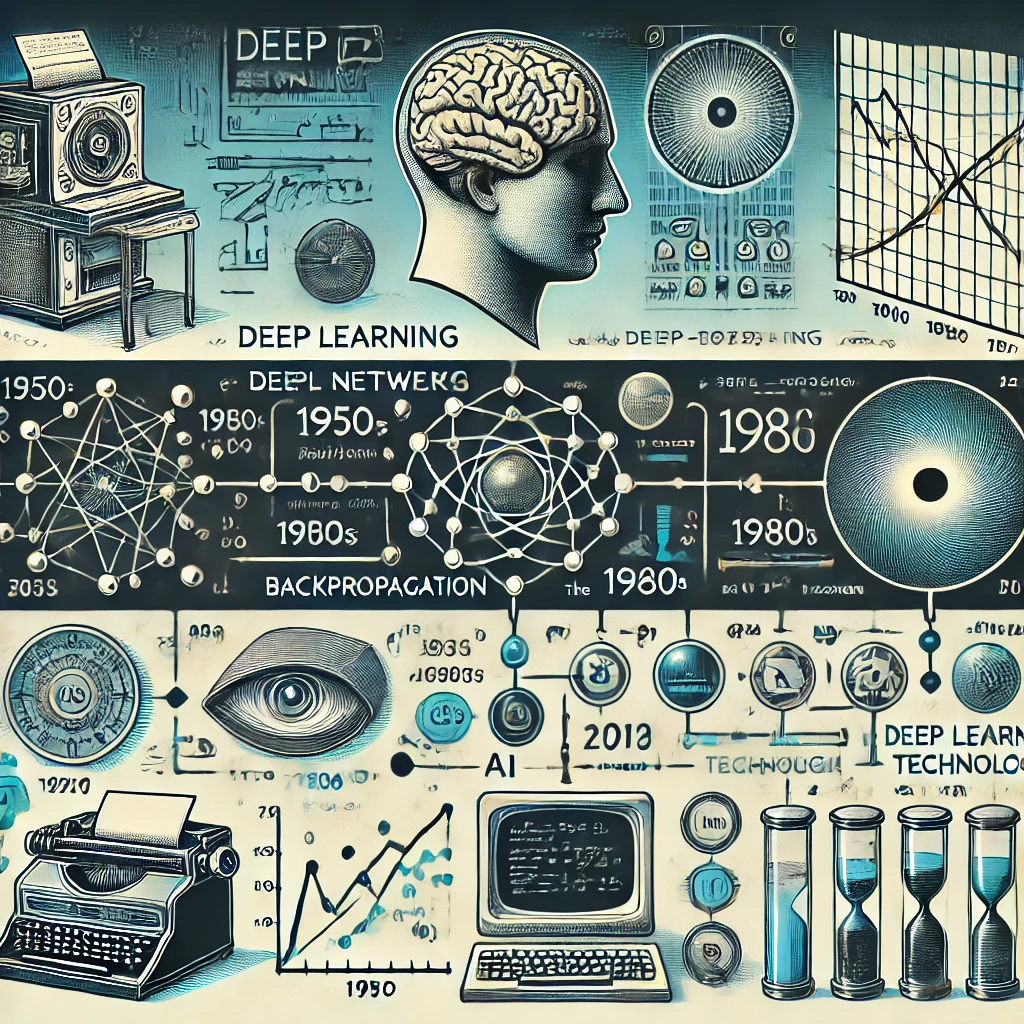When did Advanced Learning Start?
Article Source

Why you should care
Deep learning is a key part of modern technology, powering everything from voice assistants to self-driving cars. Understanding its history helps us see how far we've come and where we’re headed. This technology can process vast amounts of data, making it possible to solve complex problems in areas like medicine and finance. With the right knowledge, we can harness its power to improve our world.
Answering the question… When did Advanced Learning Start?
Deep learning began gaining traction in the 1980s, but it took off in the 2010s. It's based on artificial neural networks that mimic the human brain's connections. For example, deep learning systems can analyze images with over 98% accuracy, allowing for breakthroughs in medical imaging and facial recognition. Research shows that using deep learning can reduce the time needed to train models by up to 90% compared to traditional methods.
How was the study done?
Researchers examined the evolution of deep learning, analyzing historical data, key publications, and technological advancements. They looked at case studies and current applications, gathering insights from various fields, including computer vision and natural language processing.
What was discovered?
- Incredible Accuracy: Deep learning models can achieve accuracy rates of up to 99.7% in image classification tasks, greatly surpassing earlier models.
- Rapid Growth in Research: The number of publications on deep learning skyrocketed from about 80 in 2010 to over 3,000 by 2020.
- Wide-ranging Applications: Deep learning is applied in diverse fields, such as healthcare (with 85% of diagnoses made using AI models), finance (detecting fraud), and autonomous vehicles (navigating complex environments).
- Performance Efficiency: Deep learning systems process data 10 times faster than traditional algorithms, allowing for quicker analysis and decision-making.
- Significant Investment: In 2020, investments in deep learning startups exceeded $1 billion, highlighting its potential for future innovations.
Why does it matter?
The discoveries in deep learning are transforming technology and our daily lives. By understanding its origins and potential, we can better harness its capabilities for advancements in healthcare, environmental science, and more. As we continue to explore this field, the possibilities for improving lives and solving global challenges are endless.
